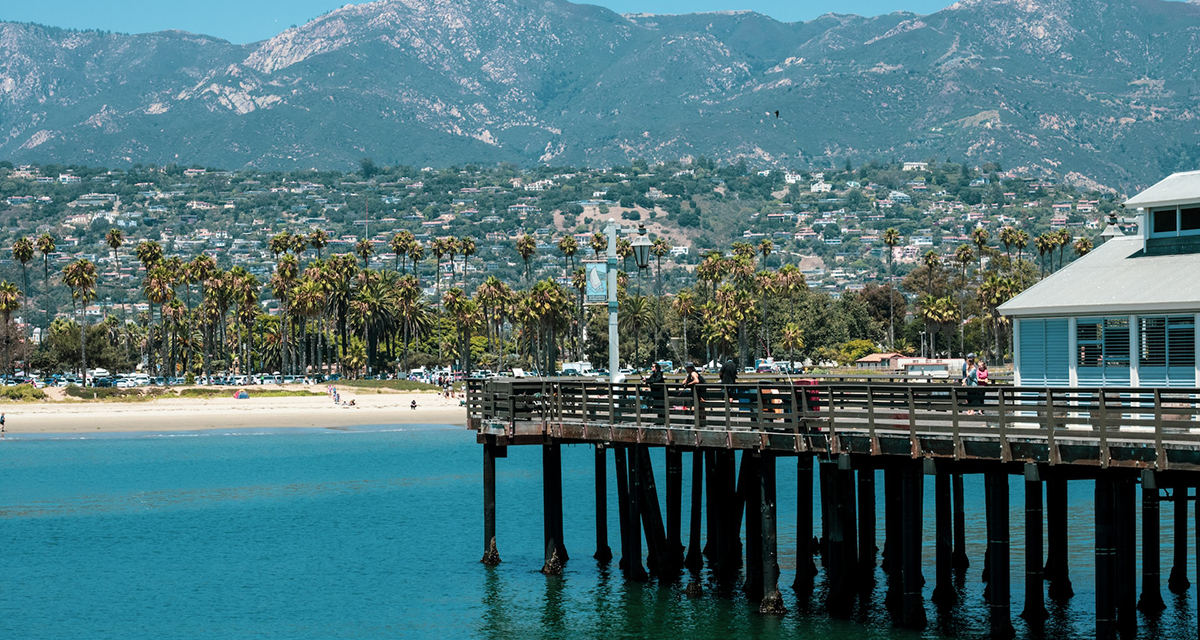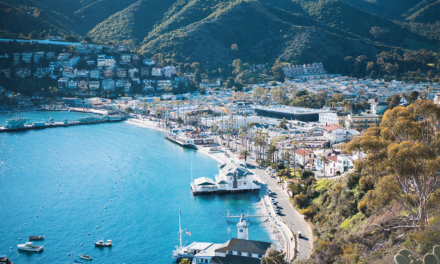Santa Barbara, known fondly as the American Riviera, is nestled along the Pacific coast, a gem of California’s storied landscape.
Its history is a vibrant collage that stretches from ancient indigenous tribes to Spanish missions, from the glitz of the American film industry to the tranquility of its modern-day beach town vibe. Embark on an enlightening exploration through Santa Barbara’s past, discovering the pivotal moments that have shaped this picturesque city into a cultural and historical beacon.
The Indigenous Legacy: Chumash Beginnings
Before European explorers set foot on its shores, Santa Barbara was the homeland of the Chumash people.
Renowned for their sophisticated craftsmanship and deep spiritual connection to the land and sea, the Chumash established a thriving society. Their influence is still felt today, with remnants of their culture intricately woven into the city’s fabric.
Spanish Exploration: The Mission Era
The arrival of the Spanish explorers during the 16th century marked the beginning of a new epoch for the region.
It was during the Spanish mission period that Santa Barbara gained its name, christened in honor of Saint Barbara. The construction of the Mission Santa Barbara in 1786 became a focal point for the Spanish’s efforts to convert the indigenous population and expand their colonial footprint.
Mexican Rule and American Integration
As Mexico gained independence from Spain, Santa Barbara transitioned into Mexican governance.
This period was characterized by the land grant system, which shaped much of the region’s agriculture and ranching industry.
However, following the Mexican-American War, Santa Barbara became part of the United States, opening a chapter of accelerated growth and development.
The Birth of a Tourist Destination
With the advent of the 20th century, Santa Barbara blossomed into a haven for tourists and health-seekers, drawn by its mild climate and therapeutic hot springs.
The establishment of luxury hotels and the Southern Pacific Railroad ushered in an era of affluence and leisure, positioning Santa Barbara as a coveted destination for the American elite.
Disaster and Renewal: The 1925 Earthquake
In 1925, Santa Barbara was struck by a devastating earthquake that left much of the city in ruins.
The silver lining to this calamity was the city’s decision to rebuild in a uniform Spanish Colonial style, which today gives Santa Barbara its distinctive architectural charm and cohesion.
Hollywood’s Hideaway: The Film Industry’s Retreat
Santa Barbara’s idyllic setting and proximity to Los Angeles made it a favored retreat for Hollywood stars in the silent film era and beyond.
The city’s allure for the film industry is enshrined in the annual Santa Barbara International Film Festival, which continues to draw industry luminaries and film enthusiasts alike.
Modern Santa Barbara: Balancing Growth with Heritage
In the present day, Santa Barbara is a testament to mindful urban planning and cultural preservation.
The city harmonizes its touristic appeal with the local lifestyle, maintaining a commitment to preserving its historical landmarks, stunning landscapes, and community ethos.
Q&A: Delving Into Santa Barbara’s Historical Tapestry
Q: How has Santa Barbara’s history influenced its modern identity?
A: The city’s rich history, from the Chumash legacy to its Spanish architectural influence, underpins its modern identity as a culturally rich, aesthetically distinct, and environmentally conscious city.
Q: What role did the 1925 earthquake play in shaping the city’s architecture?
A: The earthquake of 1925 catalyzed the city’s architectural uniformity; it inspired the adoption of the Spanish Colonial style in rebuilding efforts, which now serves as a hallmark of Santa Barbara’s visual appeal.
Q: How does Santa Barbara honor its indigenous history?
A: Santa Barbara honors its Chumash roots through museum exhibits, cultural festivals, and the preservation of historical sites, ensuring that the original stewards of the land are recognized and remembered.
Q: In what ways has tourism shaped Santa Barbara’s economy and culture?
A: Tourism has been a cornerstone of Santa Barbara’s economy, fostering a culture that values hospitality arts and maintaining natural and historical sites that continue to draw visitors.
Santa Barbara’s Place in History
The historical journey of Santa Barbara is a rich story, filled with transformation and resilience.
From its indigenous roots to its current standing as a beacon of cultural preservation and environmental stewardship, Santa Barbara has navigated the tides of change while holding fast to the essence that makes it unique. As it stands today, a bastion of beauty and history, one wonders what the future holds for Santa Barbara.
How will the city continue to evolve, and what new stories will be added to the already intricate mosaic of the American Riviera’s past?





